

.Net

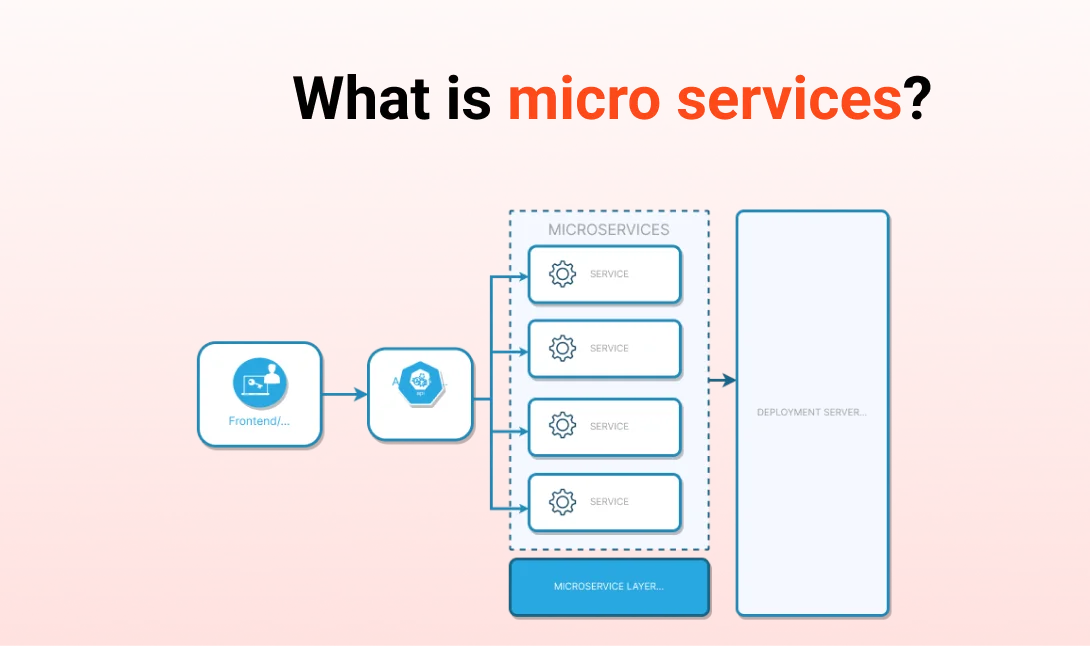
.Net Microservice is a structure that develops a single application as a set of different services. Every service runs independently.
.Net Microservice communicate with each other and clients, using lightweight protocols, often over messaging or HTTP.
Microservices are a design pattern in which applications are collections of small, independent modules that communicate with each other using well-defined structures. Every microservice works on a single concept.
If you are looking to hire .NET developers for your next successful project, you are in the right place.
In today’s ever-evolving world, the amount of information and the use of the Internet is increasing proportionally, so there is a need for more reliable and responsive software systems, unlike obsolete chunks of data that incur high maintenance costs in old architecture.
This approach to the program is more interrupted. development is unreliable when upgrading to existing monolithic software. Therefore, the .Net Microservice for application development merged.
Early software architecture design with all business, Database calls, and UI designs in one package. Like Asp.Net Webforms, MVC is a collection of individual projects.
There are downsides, the larger the app, the harder it is to quickly fix bugs/issues and update the app with new features. Application development based on microservice architecture helps solve real-time problems and provides more room for faster application development.
This architecture for software development provides greater flexibility, is lightweight, and can share similar functionality across multiple applications. It is the first way to build and optimize application development for cloud-native models.
The classification of components of big, clunky programs is the main goal of .Net Microservice architecture. Every microservices do a particular process and function, such as logging, data search, etc. Together, these microservices form a single project.
The clients can use the UI to generate requests. At the same time, the API gateway commissions one or more .Net Microservice to perform the requested task. Solving microservices problems is relatively easy.
A .Net Microservice system facilitates the creation, operation, scaling, and deployment of each service independently. Other services do not share numbers or functions. Various programs propagate communication using APIs.
The system processes each service according to a specific procedure based on a specific problem. If developers provide additional code, we can classify these services as additional secondary services. This gives developers more ways to fix potential problems even if they are unaware of them.
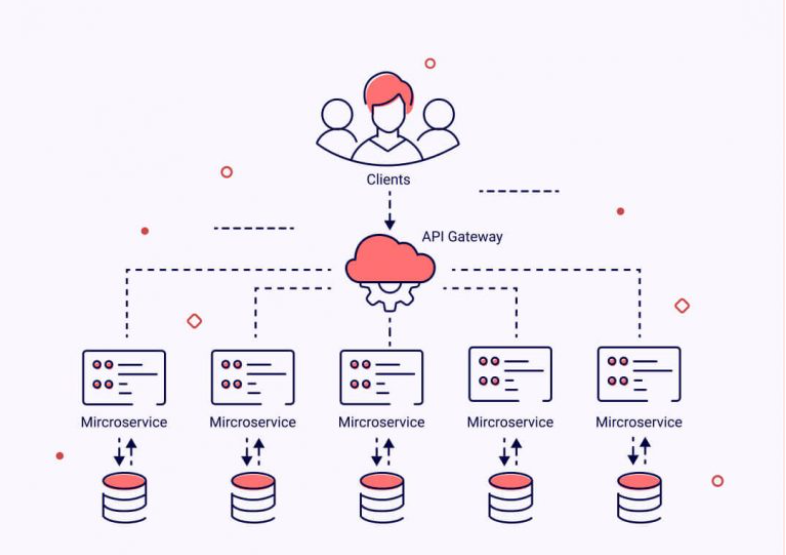
The user needs API Gateway as it is an entry point, which forwards the call to the specific services on the back end. Here, the API gateway helps collect the responses from different services and returns the response to the user.
As the name implies, .Net Microservice are the services that assist in breaking down a larger service into smaller services that carry out a specific business feature, such as user registration, current orders, or wish lists.
.Net Microservice can either share the same database or an independent database.
REST or Messaging are the protocols to interact with each other.
Introduction to Ocelot
Ocelot is an open API gateway designed for microservice architecture. .NET Core forms the basis of it. Ocelot has many features like routing, caching, security, rate limiting, etc.
It is a set of middleware designed for more information. We will be creating two simple services for example purposes
I have used the following tools for demonstration.
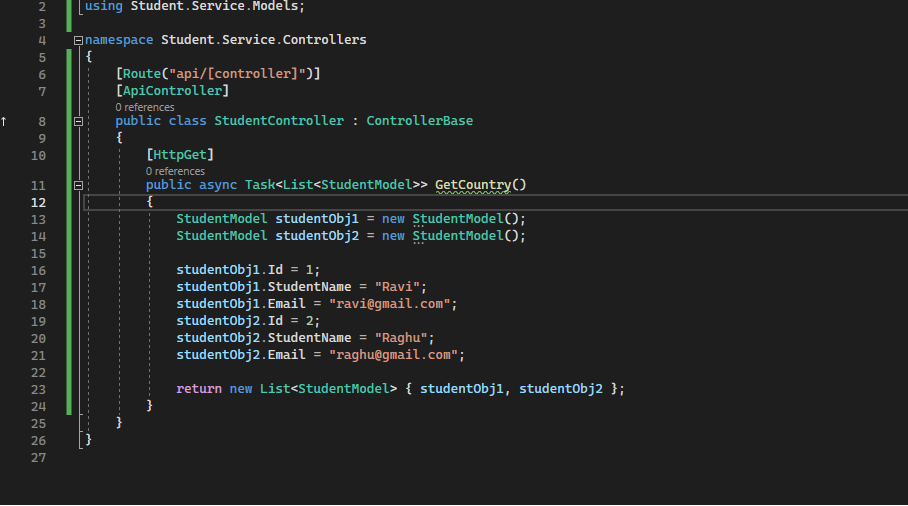



Let's go ahead and create another Gateway project. Then install the Ocelot package to the Gateway project.


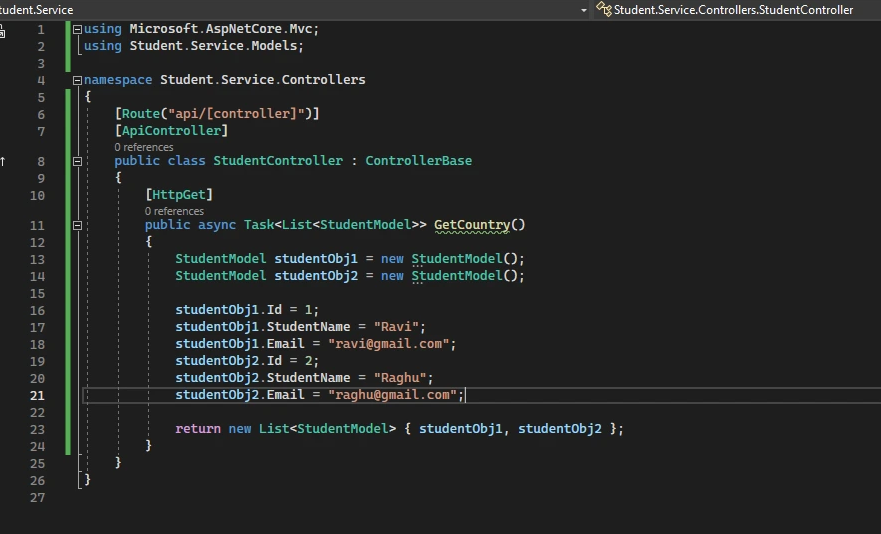
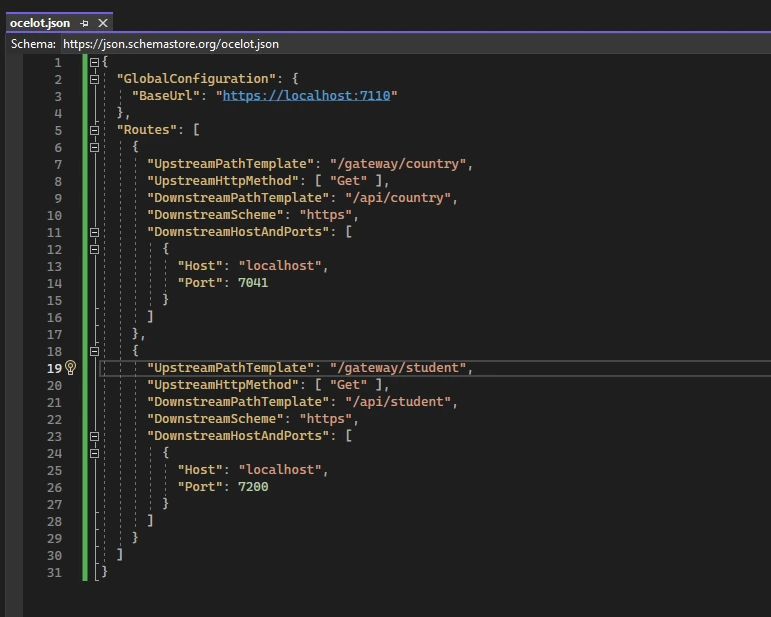
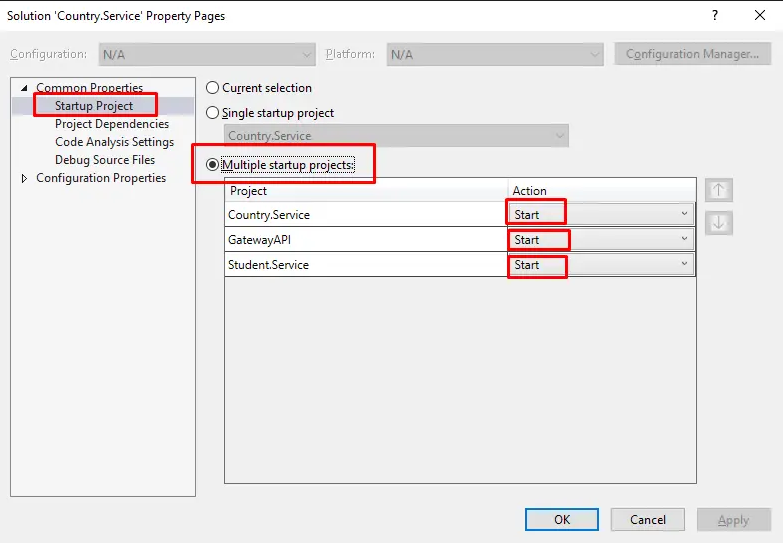
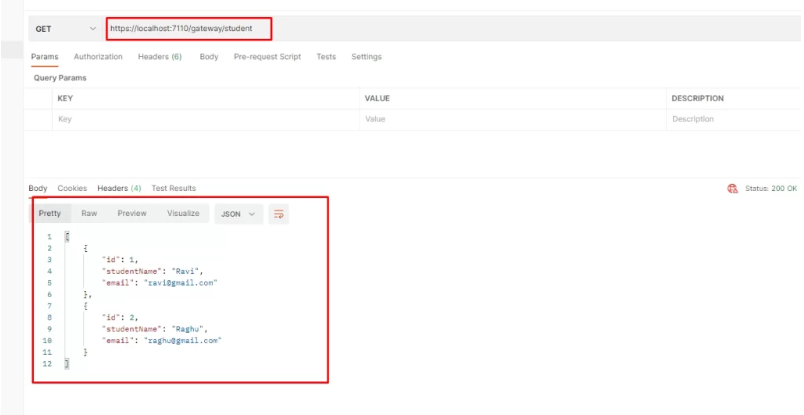
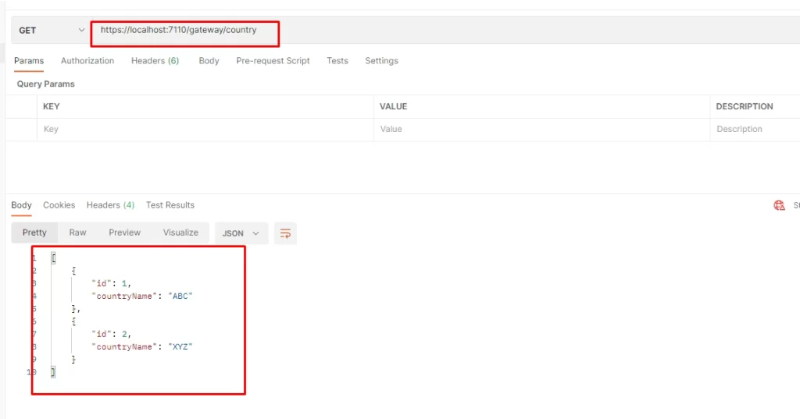
Each .Net Microservice operates independently, and you can add, remove, update, or expand each cloud microservice more easily. Developers can perform these tasks without affecting other microservices in the system.
In a monolithic architecture, when the developer encounters an error in one element of the architecture, it causes the entire architecture to crash. In a .Net Microservice architecture, if one service fails, the rest of the application cannot recover because each microservice operates independently.
The benefit of microservice architecture is that developers can implement features that prevent failure. GitLab and other companies also provide various tools for building decentralized microservices to help improve infrastructure.
The development team can choose the right language for the job to build microservices applications in any language. The language neutrality of the microservice architecture also allows developers to use their existing skills to their advantage – getting the job done without having to learn a new programming language. Using cloud-based microservices gives developers an advantage as they can access apps from any device regardless of platform.
The microservices architecture allows teams to use individual applications without affecting other services in the architecture. This feature is one of the advantages of microservices that allows developers to add new models without having to rebuild the entire model of the system. Based on the microservice architecture, companies can add new functionality as needed.
The organization can share some .Net Microservice applications. All instances of a site, including several distinct sites, can utilize the same microservice application, each with various access or payment choices.
Developers can connect this new “microsurgery” to the architecture without worrying about conflicting with other code or causing service disruptions to the entire site.
Development teams working on different microservices don’t have to wait for each other to finish. Companies can rapidly develop and implement new features and improve legacy products as new technologies evolve.
With a microservice architecture, the decision to continue testing is easier. It’s easy to roll back new features because each service is independent of the others. If the customer doesn’t like it or the business value isn’t clear, it’s easier to take it back without affecting the rest of the business. If a customer requires a new feature, the microservice architecture means that the customer will experience it in weeks, not months or years.
Businesses may need to outsource work to other partners. Many companies are concerned with protecting intellectual property using a schema format. However, the .Net Microservice architecture allows an organization to allocate domains only to partners who do not offer core services.
Engineers find microservices architecture attractive and companies have a better chance of finding top talent working on microservice application development. The latest engineering practices and development tools form the basis of microservices. This is a huge advantage for businesses looking to attract professionals.
Microservice architecture makes application development faster and more efficient. The combination of flexible resources and the ease of use of different technologies allows the cycle to grow faster. Below are some of the most important applications of microservice architecture.
Applications running on microservice architecture can process many requests at the same time, and microservices can process large amounts of data in less time. This enables faster, more efficient work.
Companies like Netflix and Amazon Prime Video process thousands of API requests daily. .Net Microservice architecture is advantageous for services like OTT platforms that provide users with multi-media content. Microservices will handle many requests for various subdomains worldwide promptly and accurately.
Ideal for applications that process and generate invoices for microservices, high-volume payments, and transactions. An app that fails to process payments can cost a company dearly. Microservices can make performance adjustments more powerful without modifying the application.
There are many tools to monitor microservice:


